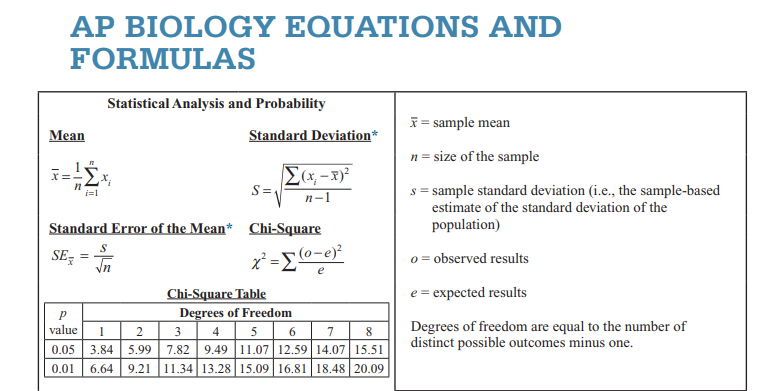
You will calculate the chi-squared value for your data using the formulas above.
Use the tables in the next two questions to organize your data.
Observed: Find the mean (average) number of isopods on each side during the 10 minute time period
Expected: Average of 5 in chamber 1, average of 5 in chamber 2